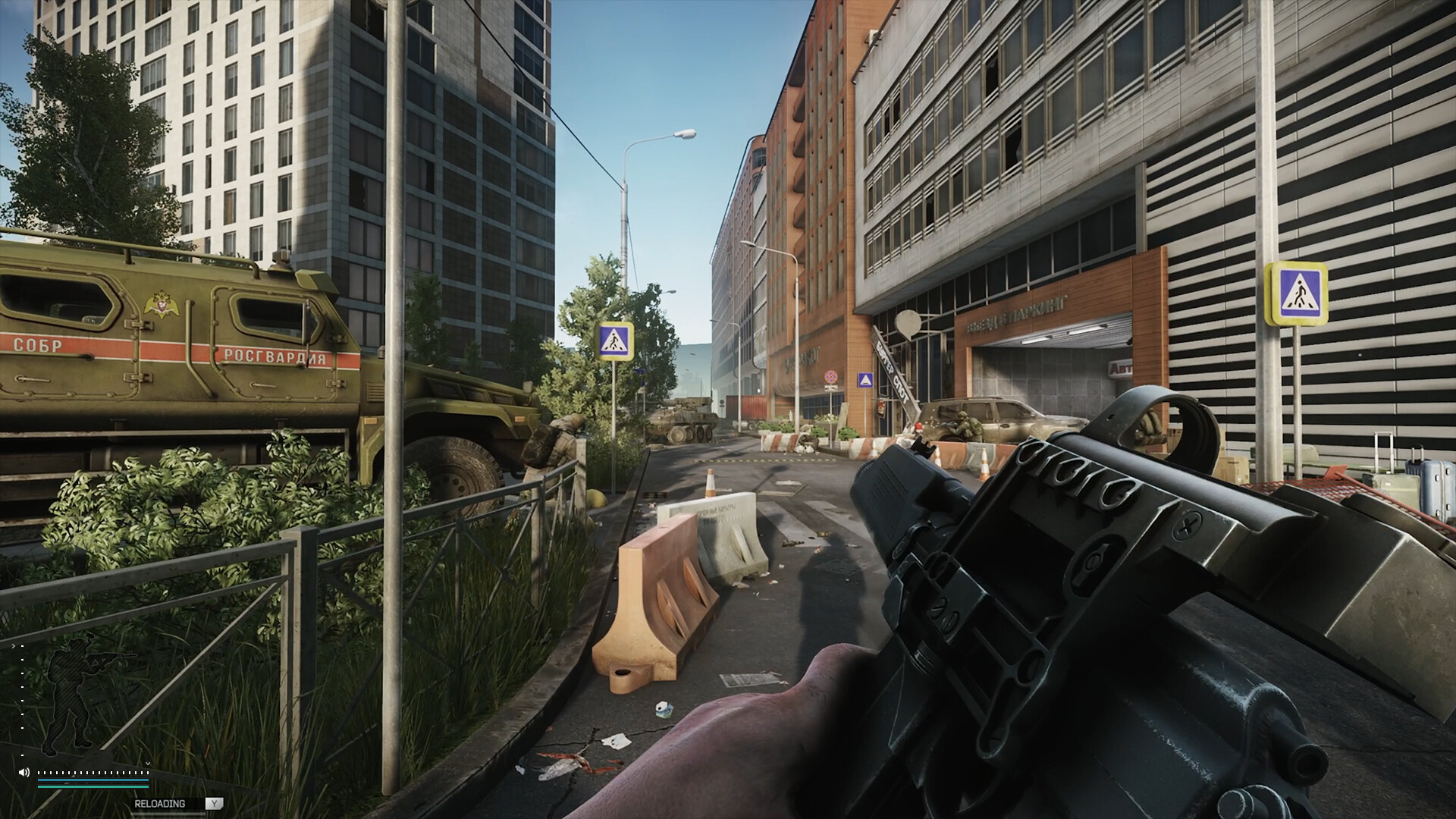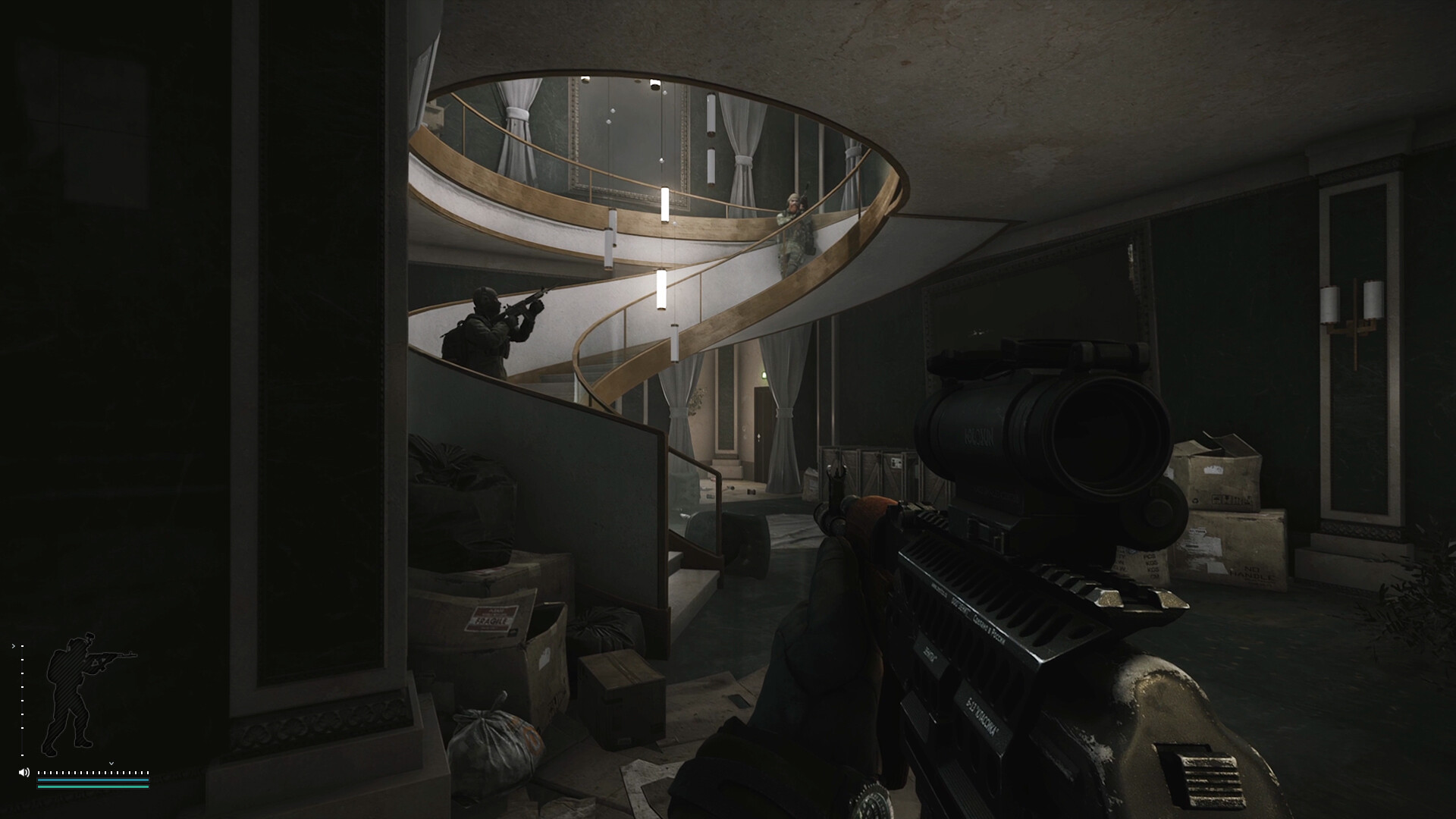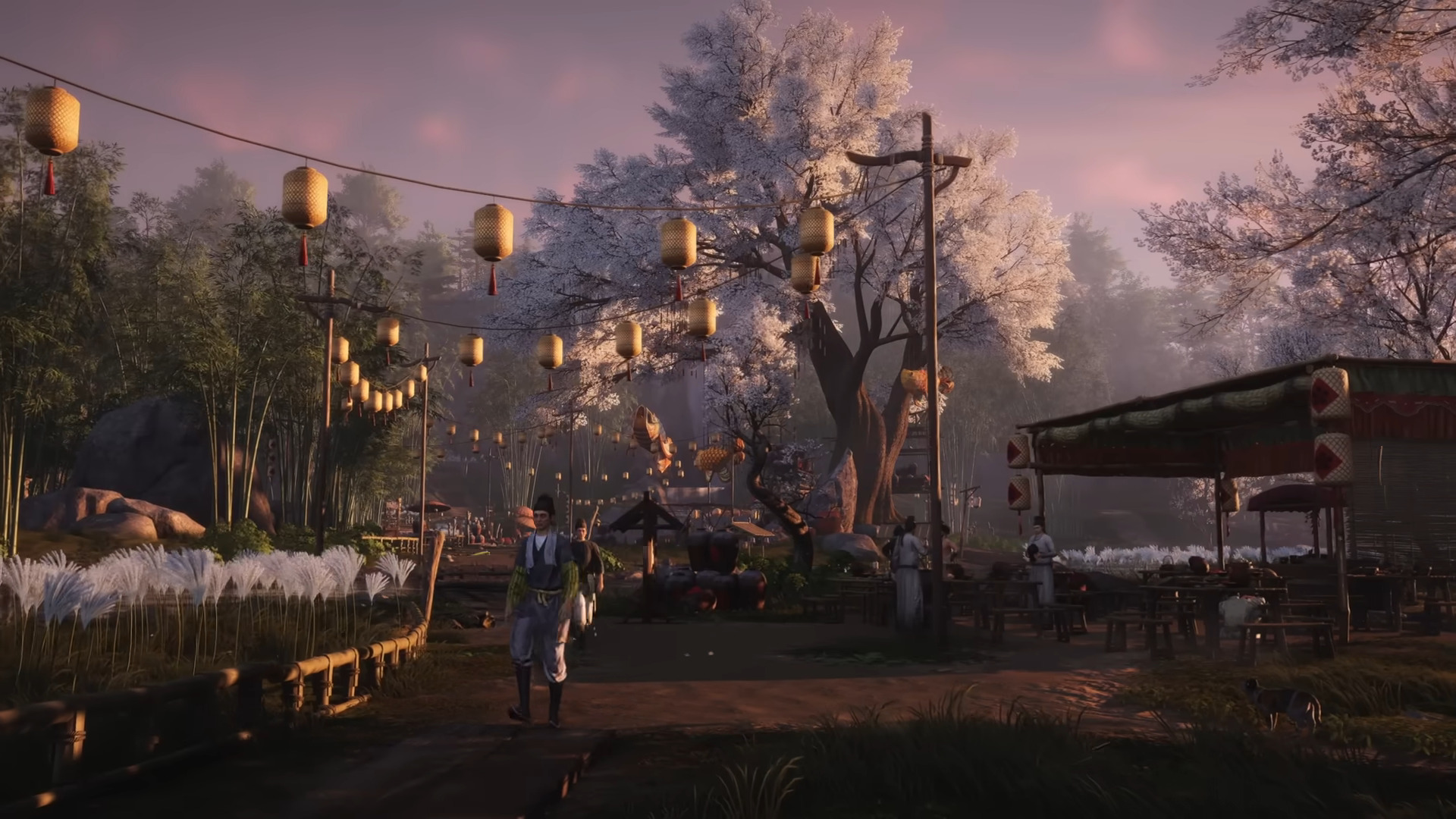These are the best settings to play Metal Gear Solid Delta: Snake Eater on 16GB VRAM and higher GPUs at 4K.
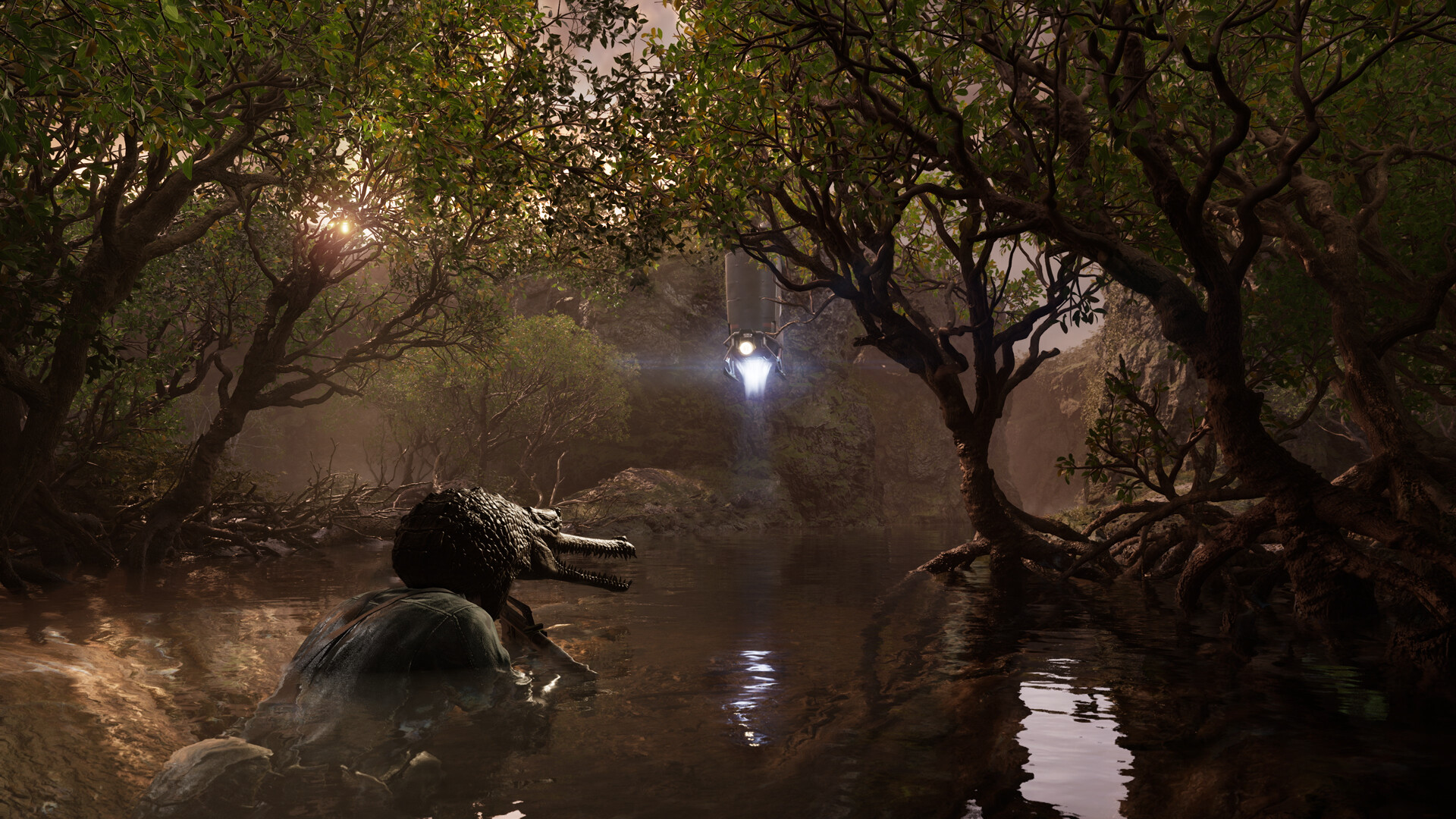
Metal Gear Solid Snake Eater is the new remake of the infamous PS2 classic. Graphics-wise, the game is an absolute treat to the eyes. As for performance, like every Unreal Engine 5 game, it leaves more to be desired. The game is plagued by constant frame pacing issues, traversal stutters, and micro-stutters. The settings below are at 4K to help with the performance while maintaining the look and feel of the game.
Frame generation techniques will help you maximize your display, but the settings below will also increase the base framerate. This makes the frame generation application much easier, resulting in smoother gameplay compared to the stock high preset, especially when frame generation is enabled.
Note: Gamers on Nvidia hardware will get the best image quality with the use of DLAA over DLSS, as the game has a lot of shimmering, temporal issues, and appears blurry. DLAA cleans up the image and retains the sharpness that native resolution offers. DLSS renders the game at a lower resolution, resulting in a soft and blurry image.
Also Read: Metal Gear Solid Delta Snake Eater: Best Settings for RTX 50 Series
Metal Gear Solid Delta Snake Eater – Best Settings for 4K
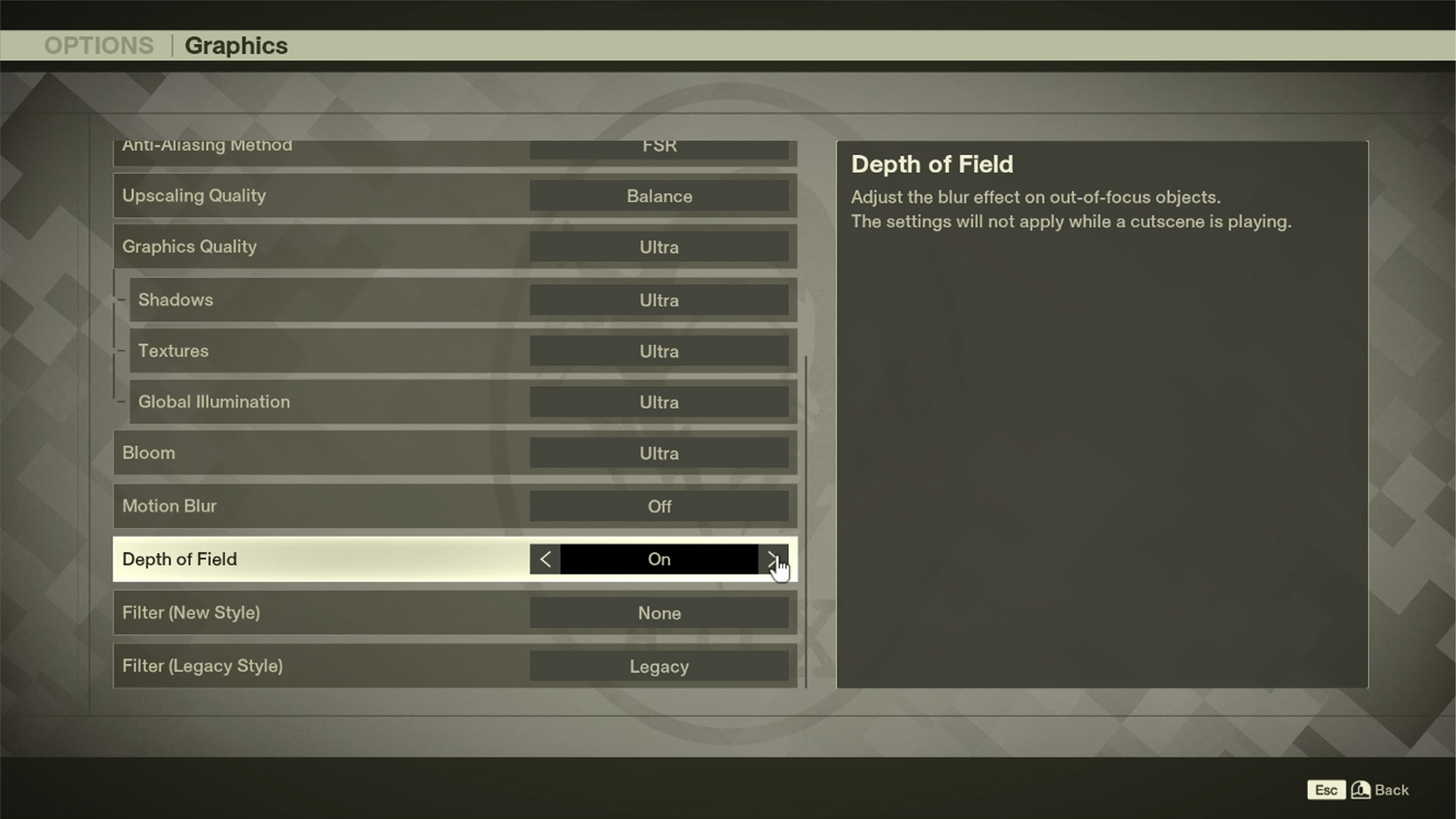
Only the GPU class that offers performance within/beyond the RTX 5070 Ti should opt for 4K. GPUs with lower performance than those mentioned above should stick to 1440p. CPU requirements at 4K necessitate a Ryzen 5 9600X or an Intel Core i5 14600K alongside the GPU. If an upscaling profile lower than quality is to be used, then the game internally renders at 1080p resolution or below, making the entire situation CPU-bound. As long as there is sufficient CPU power on the go, micro stutters and traversal stutters will be less bothersome.
As for performance expectations, with these settings, the game will hit the current 60 FPS hardcap and maintain a smooth and consistent frame time graph. Gamers who need higher visual fidelity may raise Global Illumination to Ultra, Textures to Epic, and Shadows to High. The framerate, depending on the GPU, may drop from 60 FPS while swimming or engaging multiple enemies, or during explosions with the new increased settings.
| Setting | Value |
|---|---|
| Windowed Mode | Fullscreen |
| Resolution | Your Screen Resolution |
| V-Sync | OFF |
| Maximum Frame Rate | Uncapped |
| Anti-Aliasing Method | DLSS / FSR/ TSR |
| Upscaling Quality | Quality / Balanced / Performance |
| Graphics Quality | Custom |
| Shadows | Medium |
| Textures | Medium |
| Global Illumination | High |
| Bloom | Medium |
| Motion Blur | (Optional) |
| Depth of Field | (Optional) |
| Filter (New Style) | (Optional) |
| Filter (Legacy Style) | (Optional) |
Also Read: Metal Gear Solid Delta Snake Eater: Best Settings To Play at 1440p
![Metal Gear Solid Delta [Source: Konami]](https://static.deltiasgaming.com/2025/08/header-2.jpg)
We provide the latest news and create guides for Metal Gear Solid Delta. Meanwhile, you can check out the following articles or catch us playing games on YouTube:
 Reddit
Reddit
 Email
Email
